SeeingEyeHuman
TPF Noob!
- Joined
- Jan 7, 2013
- Messages
- 42
- Reaction score
- 3
- Location
- St. Louis
- Can others edit my Photos
- Photos OK to edit
Hey everyone i have a nikon D40x and a MEAD reflector telescope... i have heard that camera/telescope adapters exist and i would love the ability to photograph what i see through my telescope... especially considering that there will be two comets this year (comet Pan-starrs and comet ISON) would love any information on these adapters as well as your expirience with them.


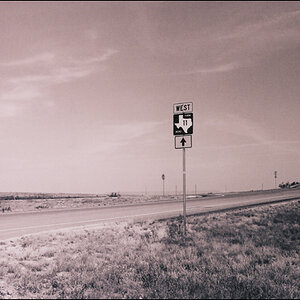

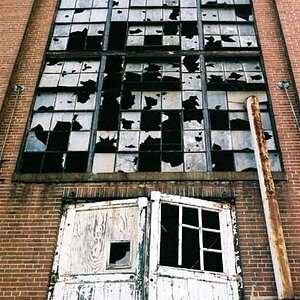
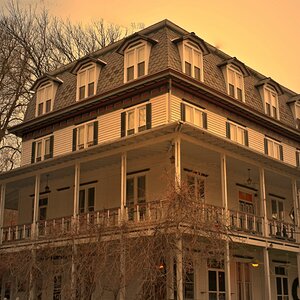
![[No title]](/data/xfmg/thumbnail/36/36392-ee7dc51c9be334b9979003f6316db12e.jpg?1619737547)
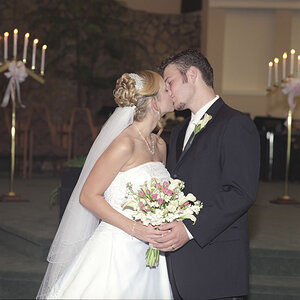
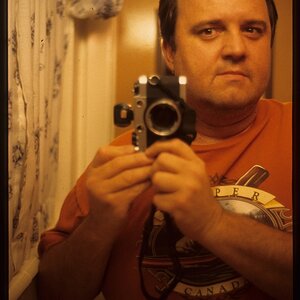
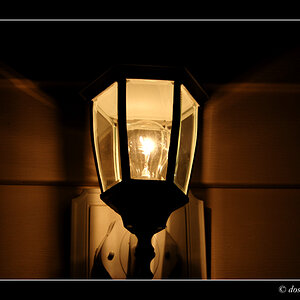
![[No title]](/data/xfmg/thumbnail/40/40356-883c642c8d24d2709b359f9c8b196fcf.jpg?1619739437)
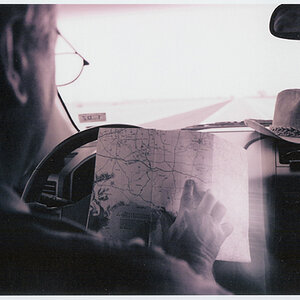
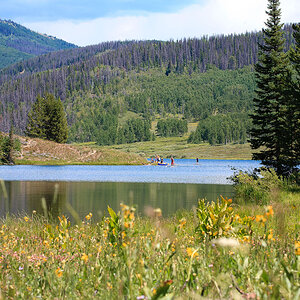
![[No title]](/data/xfmg/thumbnail/32/32929-22e23acc63d6ecb25e5ee941be87121f.jpg?1619735758)